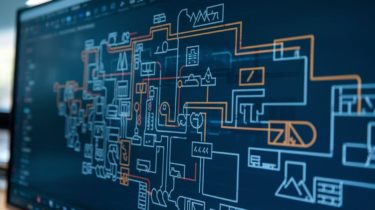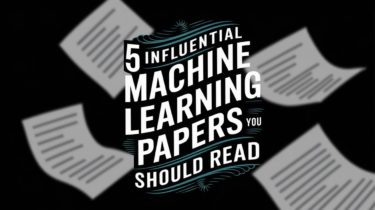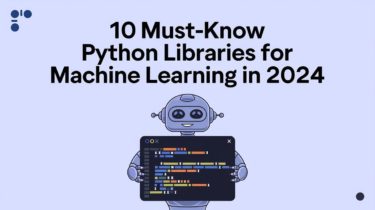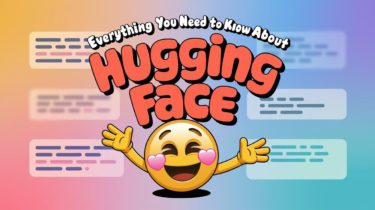5 Groundbreaking Applications of Reinforcement Learning in 2024
5 Groundbreaking Applications of Reinforcement Learning in 2024Image by Editor | Ideogram Reinforcement Learning (RL) has emerged as a powerful paradigm in artificial intelligence, enabling machines to learn optimal behavior through interaction with their environment. In RL, an agent learns to make decisions by performing actions and receiving rewards or penalties, ultimately aiming to maximize cumulative rewards over time. This approach has led to remarkable advancements across various domains, from gaming to robotics. As we explore the developments in 2024, […]
Read more




